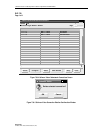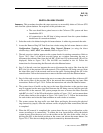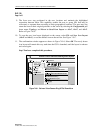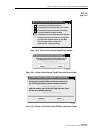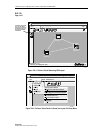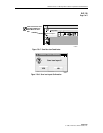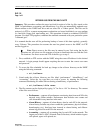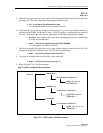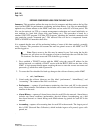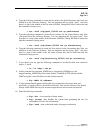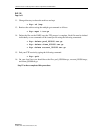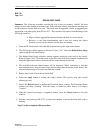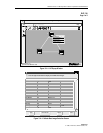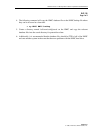
1152700 • Issue 1 • February 2001 • Section 2 Operation and Maintenance
Page 2-210
2000, ADC Telecommunications, Inc.
DLP-742
Page 1 of 3
RETRIEVE COMPRESSED LOGS FROM THE NMIC VIA FTP
Summary: This procedure outlines the steps involved to compress and then retrieve the log files
stored on the NMIC for performance, accounting, and alarm history. Log files are automatically
updated every fifteen minutes to the NMIC hard drive and are stored for a 24-hour period. The
files can be retrieved via FTP to a remote management workstation and stored indefinitely on
user medium (i.e. hard disk, floppy disk, tape backup, etc.). This procedure is based on a
standard UNIX FTP program. For other FTP programs, substitute the standard commands with
your particular system “command gets”. The retrieved files will be in a compressed format.
GZIP or WINZIP will unarchive these files.
It is assumed that the user will be performing backup of some of this data regularly, generally
every 24 hours. This procedure also assumes the user has gained access to the NMIC via FTP
and has logged on.
Note: Direct access to the files may be entered in one Unix string but for this
procedure we will select one file structure at a time to familiarize the user with the Unix
file locations. For direct access and FTP of the files, go to step 5.
1. First, establish a TELNET session with the NMIC using the correct IP address for the
desired network, or establish a CRAFT session with the RS232 DB9 on the front of the
NMIC. A login prompt should appear requiring the user to enter the correct user name and
password e.g. userid=root with no password.
2. To access the files scheduled for back up, change to the cellworx directory on the NMIC
• cd /cellworx.
3. Listed under the cellworx directory are files titled “performance”, “alarmHistory”, and
“accounting”. The content of the files is as follows:
• Performance – captures all performance monitoring data from each NE in the network
every fifteen minutes. Performance data includes error counts and cells discarded for any
interface in the node.
• Alarm History – captures all alarm history data for each NE in the network. Alarm history
includes any alarm conditions (performance, physical failures, housekeeping, etc.), that
have been incurred or cleared during each fifteen-minute log period for each NE in the
network.
• Accounting – captures all accounting data for each NE in the network. The largest part of
this is NDC (Network Data Collection), which includes ingress cells passed, egress cells
passed, etc.
.



